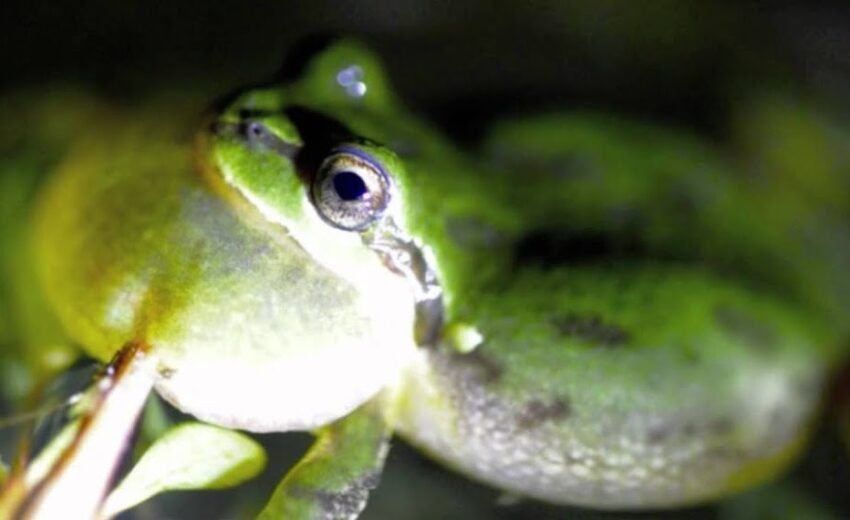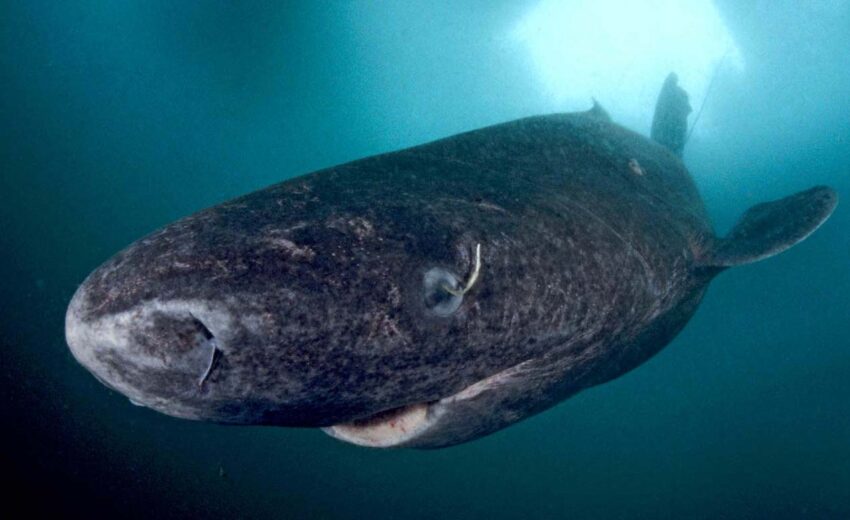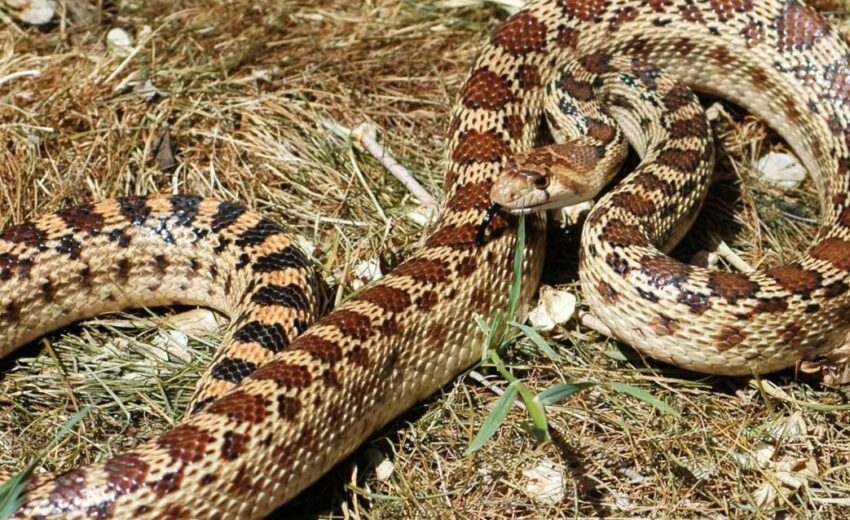When you think about a pig, the thought generally brings to mind mud, fat pot bellies, grunts, squeals, and piglets. But pigs are so much more than that. These incredibly intelligent,
- Zoology
- Daily Critter Facts
- For Teachers
- Study Guides
- Diseases & Parasites
- Contact











